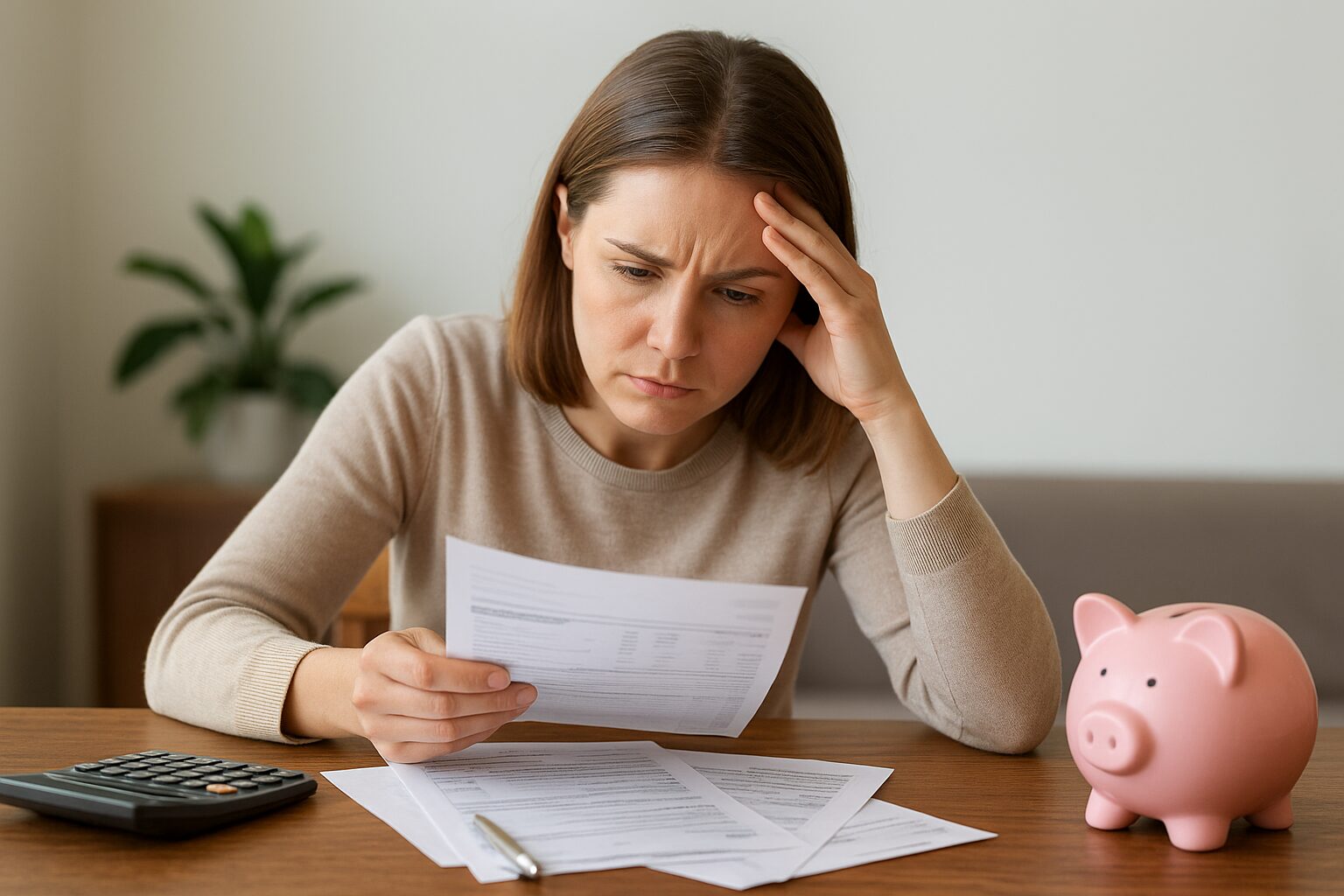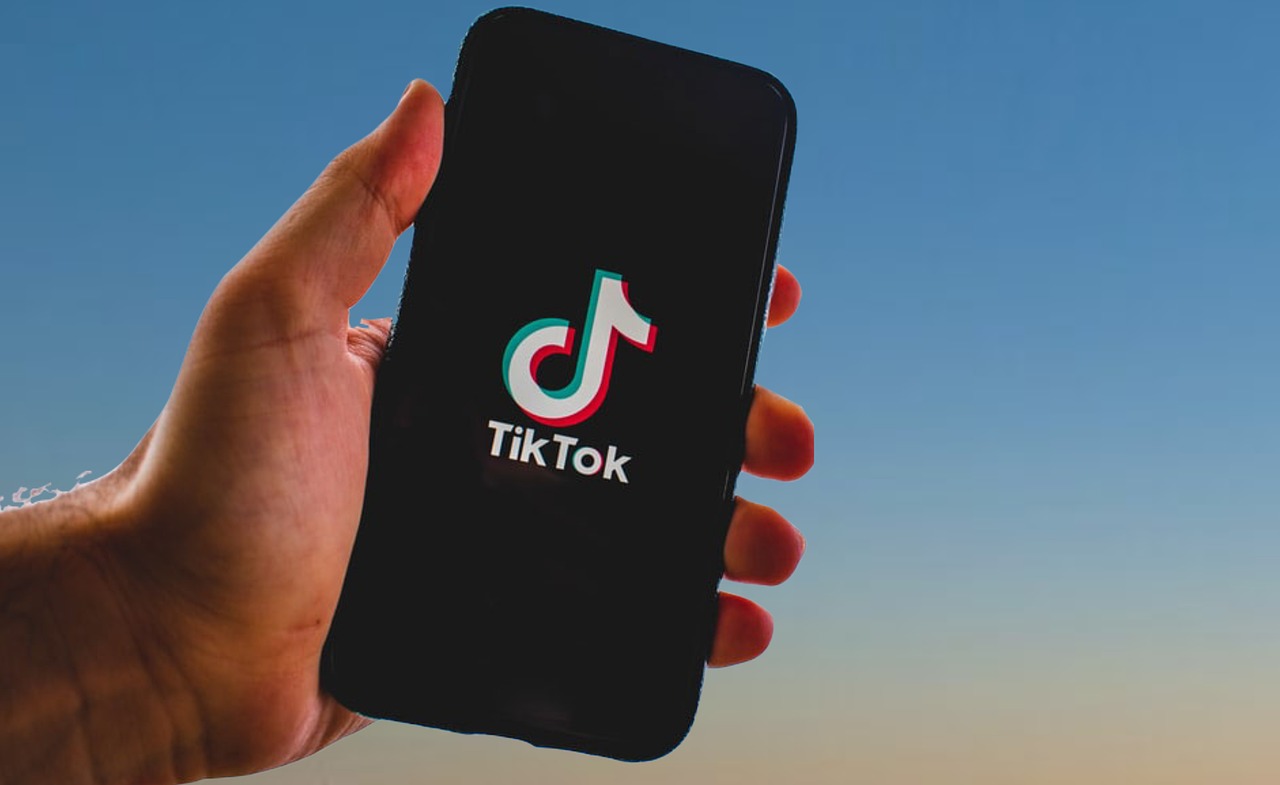Debt can feel like a heavy weight on your shoulders. Whether it’s from credit cards, medical bills, or personal loans, owing $10,000 can seem overwhelming. But here’s the truth: you can learn how to pay off $10,000 faster than you think — and it doesn’t take winning the lottery to do it.
Many people struggle with debt because they don’t have a clear plan or the right habits. With focus, consistency, and a few smart strategies, anyone can achieve financial freedom and start building a more secure future.
This guide will walk you step-by-step through how to manage, reduce, and eliminate your debt — using real examples, easy-to-follow methods, and a little motivation to help you stay on track.
Step 1: Know Exactly What You Owe
Before you can win the battle, you need to know what you’re fighting. List all your debts, including:
- The total balance
- The interest rate
- The minimum monthly payment
- The due date
Understanding this full picture helps you prioritize which debts to tackle first.
Step 2: Choose a Repayment Strategy That Works for You
There’s no one-size-fits-all approach to paying off debt. The key is to pick a method that fits your mindset and income.
1. The Debt Snowball Method
This approach focuses on paying off small debts first, building motivation as you go.
How it works:
- List your debts from smallest to largest.
- Pay the minimum on all except the smallest.
- Once the smallest is paid off, roll that payment into the next one.
Pros: Keeps you motivated through quick wins.
Cons: You may pay more interest over time.
2. The Debt Avalanche Method
This focuses on interest rates instead of balances.
How it works:
- List debts from highest to lowest interest rate.
- Pay extra on the highest rate first, while paying minimums on others.
Pros: Saves you more money in interest.
Cons: Takes longer to feel progress.
Visual: Comparison Table
| Method | Focus | Best For | Drawback |
|---|---|---|---|
| Debt Snowball | Smallest balance first | Motivation seekers | Slightly higher interest cost |
| Debt Avalanche | Highest interest first | Saving on interest | Progress feels slower |
You can also combine both — start with snowball to build momentum, then switch to avalanche to save money long term.
Step 3: Cut Unnecessary Expenses
You might be surprised how much you can save by trimming small expenses.
Find Your “Money Leaks”
- Subscriptions you rarely use (streaming, magazines, apps)
- Frequent takeout or coffee runs
- Unused gym memberships
Practical Ways to Reduce Spending
- Cook at home more often.
- Use public transport or carpool.
- Switch to cheaper phone or internet plans.
Step 4: Boost Your Income
Cutting costs helps, but earning extra income can supercharge your progress.
Ideas to Increase Your Earnings:
- Freelancing: Offer writing, design, or marketing skills online.
- Part-time jobs: Weekend or remote work.
- Selling unused items: Use platforms like Facebook Marketplace or Carousell.
- Passive income: Rent out tools, rooms, or even your car.
Even an extra $200–$500 per month can make a big difference.
Step 5: Negotiate Better Terms with Lenders
Don’t be afraid to talk to your creditors — you may be able to reduce interest rates or restructure payments.
Options to Explore:
- Lower your APR: Ask your credit card issuer for a lower interest rate.
- Balance transfer card: Move your debt to a card with 0% intro APR.
- Debt consolidation loan: Combine multiple debts into one fixed monthly payment.
Step 6: Automate and Stay Consistent
Automating payments helps you stay disciplined and avoid late fees.
- Set up automatic transfers for minimum payments.
- Schedule extra payments after each payday.
- Track your progress monthly.
Tip: Treat debt payment like a non-negotiable bill — just like rent or electricity.
Consistency is more powerful than size. Even small payments made regularly build up quickly.
Step 7: Use Windfalls and Bonuses Wisely
Whenever you receive extra money — like a tax refund, holiday bonus, or cash gift — resist the urge to splurge.
Instead, use at least 80% of it to pay down your debt.
Example:
A $1,000 tax refund can:
- Knock off a huge chunk of a credit card balance.
- Save you over $200 in future interest.
You can still reward yourself with the remaining 20% — just keep the bigger goal in sight.
Realistic Timeline: How Long Will It Take?
How long it takes to pay off $10,000 depends on your payment amount and interest rate.
| Monthly Payment | Interest Rate | Payoff Time | Total Interest Paid |
|---|---|---|---|
| $400 | 18% | ~33 months | $2,500 |
| $600 | 18% | ~19 months | $1,450 |
| $800 | 18% | ~14 months | $1,050 |
Visual: Line chart showing faster payoff with higher payments.
Mistakes to Avoid When Paying Off Debt
- Paying only the minimum: This can take years and cost thousands in interest.
- Taking on new debt: Avoid using credit cards for non-essential expenses.
- Skipping your emergency fund: Always have a small backup for unexpected costs.
- Losing motivation: Celebrate small wins to stay encouraged.
When to Seek Professional Help
If you’re struggling to make minimum payments or facing collection calls, it may be time to get help.
Options to Consider:
- Credit Counseling: Professionals can create a realistic plan for you.
- Debt Management Plan (DMP): Combine debts and make one payment monthly.
- Debt Relief Programs: For serious cases, you might explore structured repayment plans.
Tip: Always work with a certified credit counselor — avoid scams that promise instant fixes.
Motivation and Mindset: Stay Focused on Freedom
Paying off debt isn’t just a financial challenge — it’s also mental.
- Track your small wins monthly.
- Remind yourself why you started: freedom, peace of mind, or a better future.
- Read or listen to motivational debt-free stories online.
FAQs
1. How can I pay off $10,000 debt in a year?
Increase your monthly payment to at least $850 and find extra income streams.
2. Which is better: Snowball or Avalanche method?
Both work — choose Snowball for motivation or Avalanche for saving more on interest.
3. Should I pay off debt or save first?
Build a small emergency fund ($500–$1,000), then focus on debt.
4. How can I pay debt fast on a low income?
Cut costs, find side hustles, and prioritize high-interest debts.
5. Is debt consolidation a good idea?
Yes, if it lowers your interest rate and simplifies payments.
6. What apps help with debt tracking?
Try Mint, YNAB, or Debt Payoff Planner.
7. Can I negotiate my credit card interest?
Yes — call your provider and ask for a lower rate or hardship plan.
8. How much should I pay monthly on $10,000 debt?
Aim for at least $400–$600 per month to finish within two years.
9. Should I close credit cards after paying them off?
Not necessarily. Keeping them open can help your credit score.
10. What’s the biggest mistake people make when paying debt?
Not having a plan — random payments make progress slower.
Conclusion: Your Journey Toward a Debt-Free Life
Paying off $10,000 might sound impossible at first, but it’s absolutely achievable.
Start small, stay consistent, and track your progress every month.
Remember, every payment gets you closer to freedom — and once that debt is gone, you’ll never want to go back.
Disclaimer
This article is for educational and informational purposes only. It does not constitute financial advice. Always consult with a certified financial advisor before making major financial decisions.



